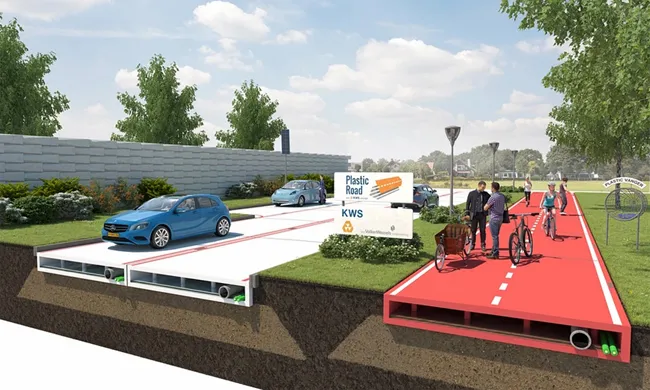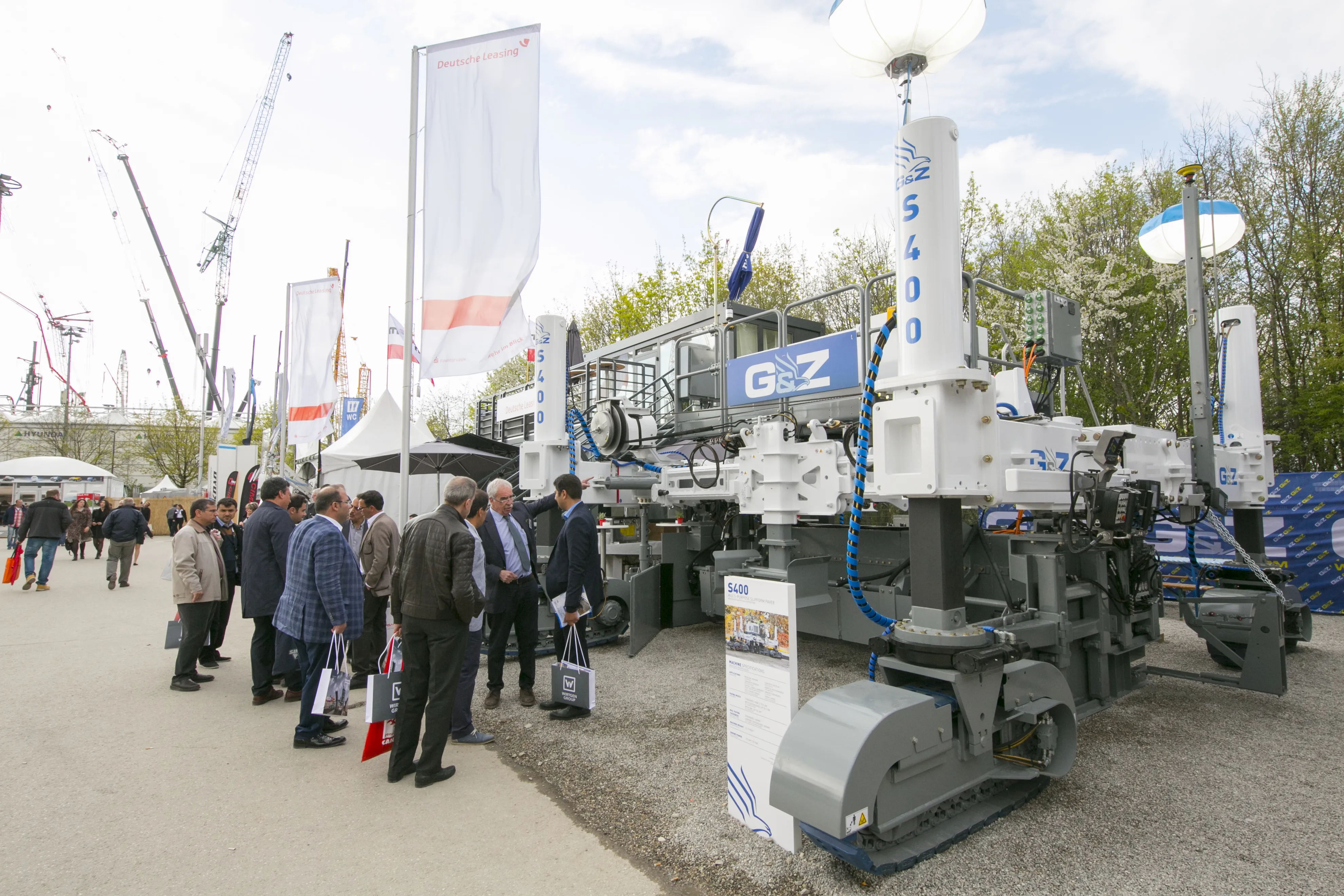
John Thomas is introducing its
The PortaPole is designed for rapid deployment to serve as a temporary replacement pole when a permanent signal is out of service or an additional signal is needed temporarily. The PortaPole includes the Galaxy Wireless Interface System that enables it to connect wirelessly to street corner controllers and assume the standard function of the corner controller.
One person can setup the PortaPole in seconds to restore traffic control. The system features an electric-hydraulic mast so the mast and arm can be deployed with the flip of a switch, so the worker never has to enter the traffic path during set-up or take-down.
The PortaPole is versatile as it can be used as the only phase indication or in conjunction with the existing function of intersection signals. One corner cabinet module can control multiple poles. The PortaPole’s self-contained power supply with optional solar recharging gives the portability that is needed for quick emergency jobs, but also has the capacity for projects that last for months.







